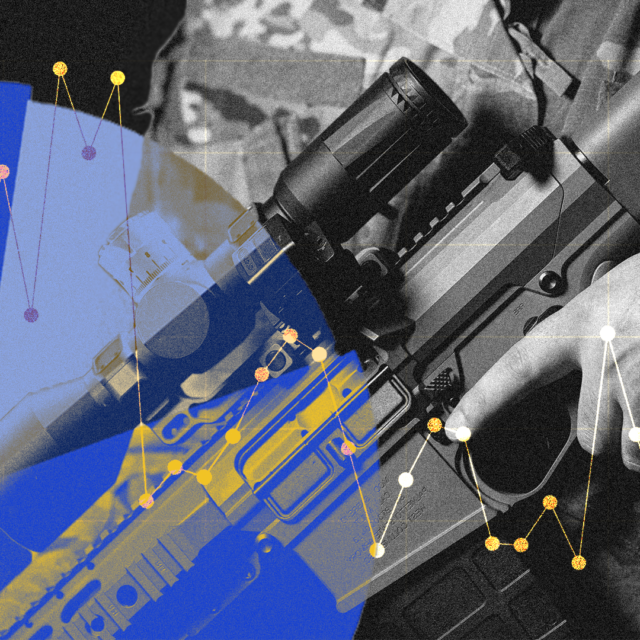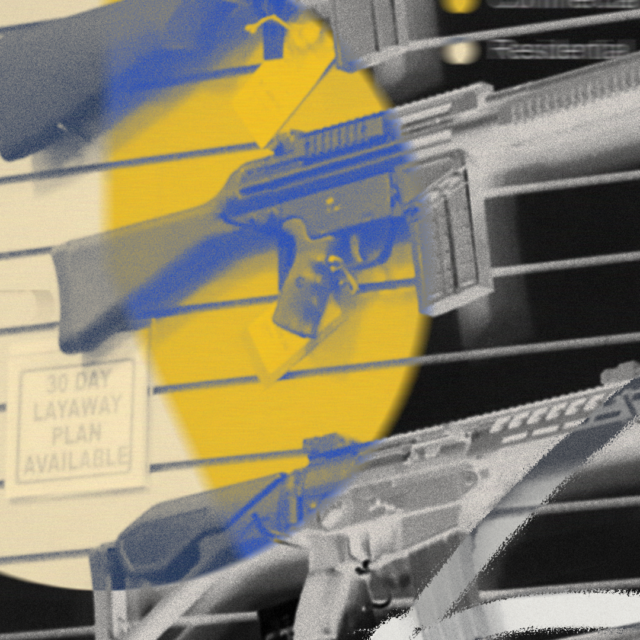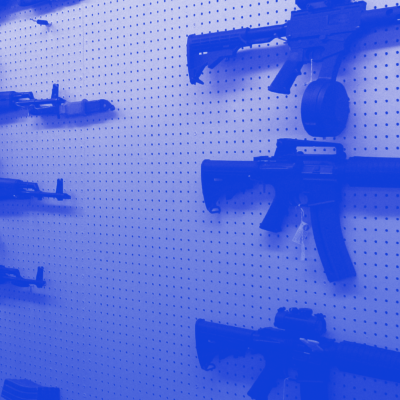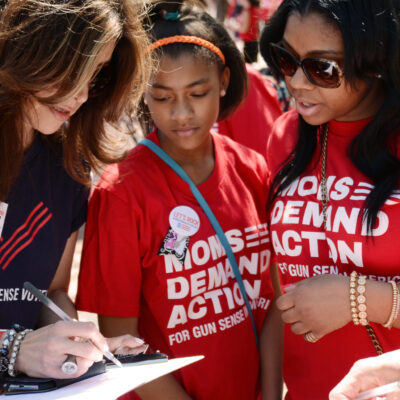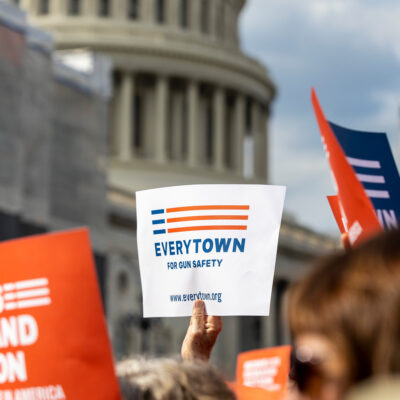Federal law prohibits domestic abusers who are subject to restraining orders or those who have been convicted of a misdemeanor crime of domestic violence from having guns, but Congress has limited the types of relationships between the abuser and their victim that qualify under these prohibitions.
When Congress added these two categories of prohibited persons to the Gun Control Act in the 1990s they limited the eligible relationships to include abusers who have been married to, lived with, or have a child in common with the victim, notably leaving out dating partners. This gap in the law is known as the boyfriend or dating partner loophole. In 2022, the Bipartisan Safer Communities Act (BSCA) expanded the eligible relationships to include current and recent dating partners convicted of misdemeanor crimes of domestic violence. However, Congress failed to close the loophole when they left out dating partners under domestic violence restraining orders, therefore, these abusers continue to remain federally eligible to access firearms.
While the BSCA represents the first Congressional acknowledgment that dating partners pose the same threat as spouses, federal and state law must go further to meaningfully address the threat because women are now as likely to be killed by dating partners as by spouses.
Has your state closed the dating partner loophole for abusers under domestic violence restraining orders? Find out here.
